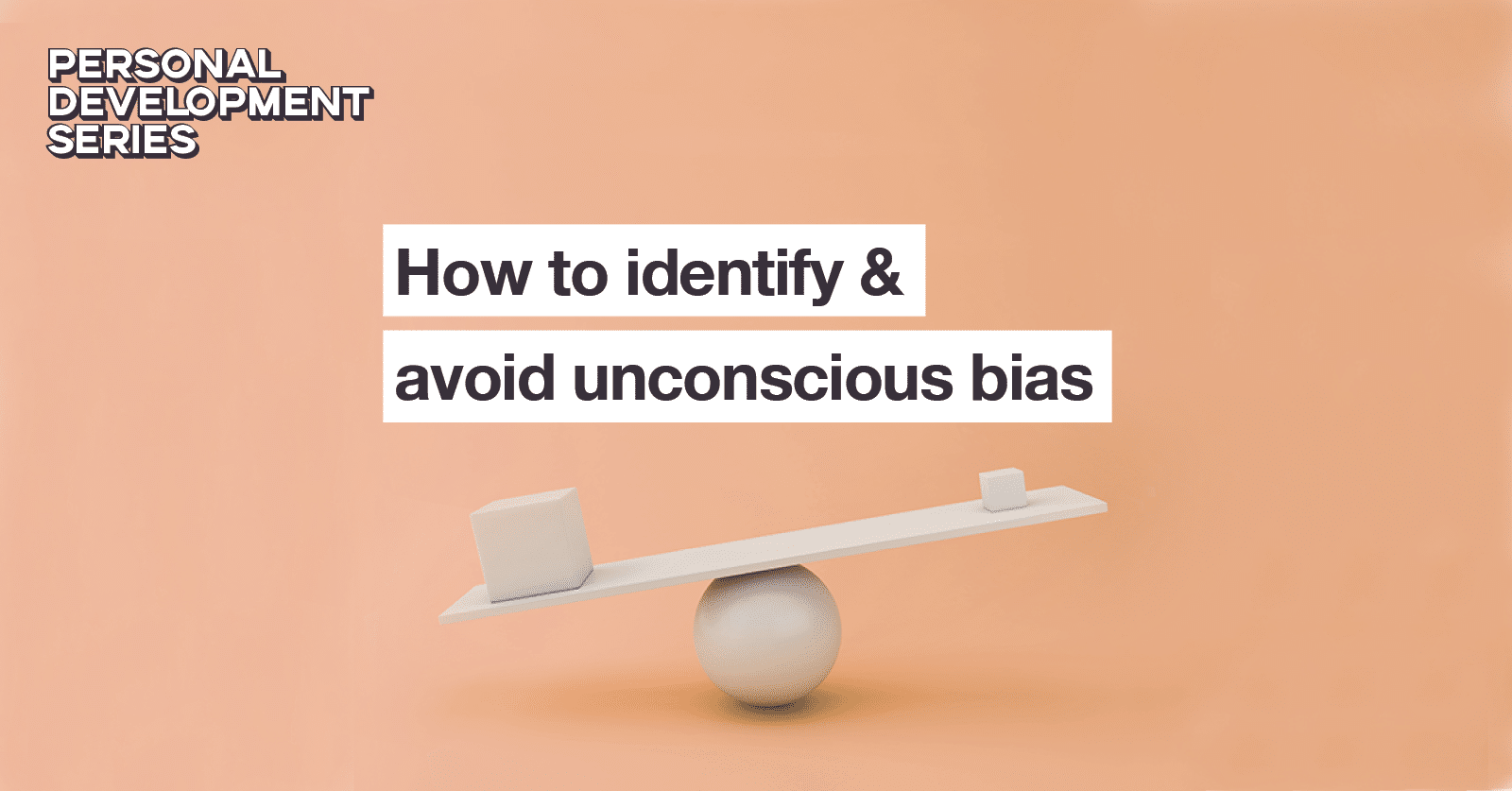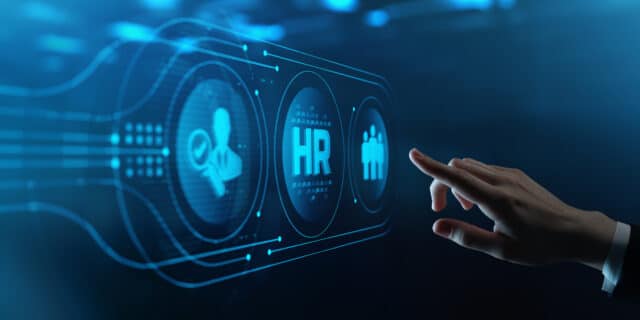

How to identify & avoid unconscious bias
80% to 90% of the mind works unconsciously! Did you know that? Erik Kandel, a Nobel Prize winner, estimated these percentages when researching the effects of unconscious bias in various workplaces.
So what is the effect of unconscious bias? We know that many companies and organisations are advocating greater equality and respect for all their employees, no matter the work environment. Yet social categorisations such as age, sexual orientation, religion, socio-economic status, race, and gender, can still influence how people are treated in the workplace. These can be the areas of bias or prejudice that we might not always be aware of but they can affect our actions, decisions and interactions with other people.
Unconscious bias should not be confused with explicit bias, which can be described as the attitudes and beliefs that are expressed on a conscious level, like hate speech. Our unconscious bias takes us away from rational, logical decision-making and comes to light through our reactions to others and often without us realising it.
Without further ado, we wanted to share 5 of the most common workplace biases found via HR Source in the hope we can all recognise, understand and take action to best stop them when we can.
Affinity Bias
Affinity bias allows us to favor those in the workplace who we feel we have a connection or similarity to. For example, attending the same university, growing up in the same town, or reminding us of ourselves or someone we know and like.
For example, this could be someone you have met before on a shift.
Halo Effect
The Halo Effect occurs when we perceive one great thing about a person and let that halo glow of that one thing color our opinions of everything else about that person.
For example, this could be they support the same sports team as you.
Horns Effect
The Horns Effect is the direct opposite of the Halo effect, and occurs when perception of someone is unduly influenced by one negative trait.
For example, this could be that they support a rival sports team.
Attribution Bias
Attribution bias affects how we assess other people and their achievements.
When assessing ourselves, we tend to think our achievements are direct results of our merit and personality; while our failings are the result of external factors, including other people that adversely affected us and prevented us from doing our best.
When it comes to assessing other people, however, we often think the opposite is true. We are more likely to consider the achievements of others as a result of luck or chance; and their failings as a result of their personality or behavior.
Confirmation Bias
Confirmation bias is the tendency to search for, interpret, focus on and remember information that aligns with our preconceived opinions.
Confirmation bias is all about looking for evidence to back up claims or opinions we have already formed. The danger with this is the judgment or conclusion you have come to could be inaccurate or false.
Awareness is always the first step, after which we can begin to address any ingrained bias in our society and our own thought processes especially when working and meeting with others.
Do you have any ideas for the next topic in our personal development series? Email the community team: [email protected]
Take care,
Syft Community Team
Have you joined our supportive Facebook Community?
Are you following us on Instagram?
Have you liked us on Facebook?








